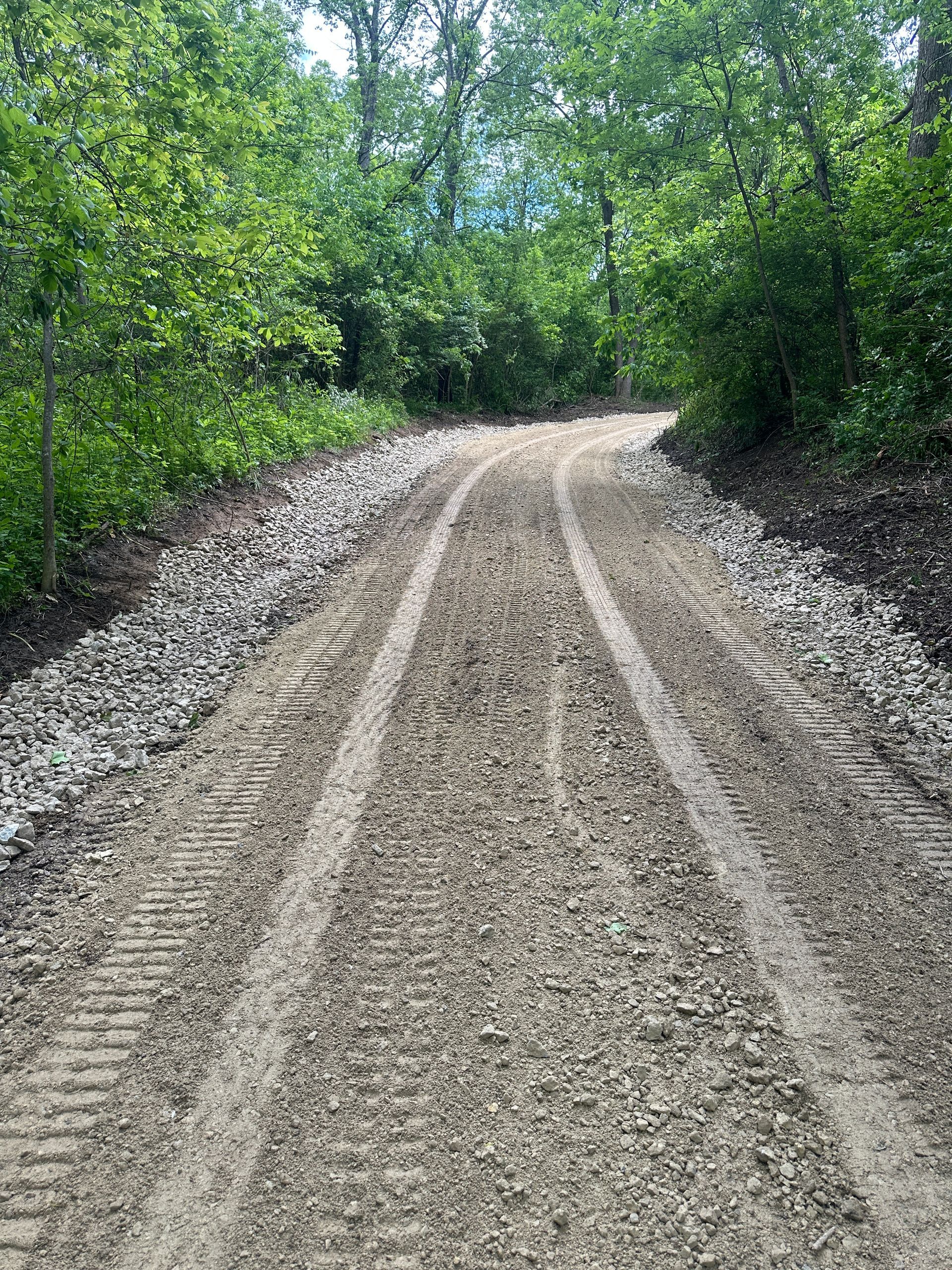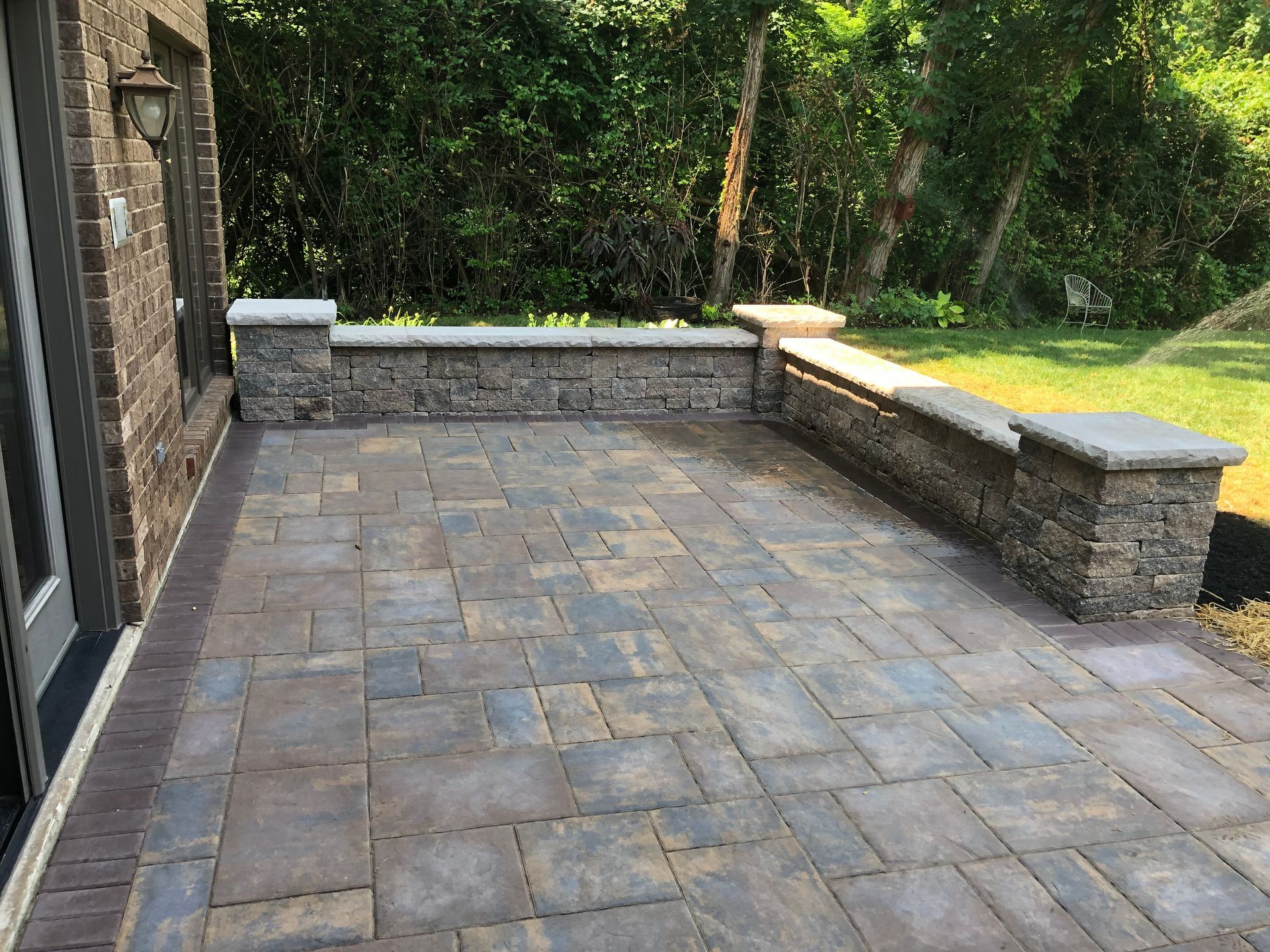Why Fall is the Best Time to Plant Trees
Adam Lawson • September 22, 2025
Why Fall is the Best Time to Plant Trees
Fall is often celebrated for its vibrant colors and crisp air, but it’s also the ideal season for planting trees. While spring might seem like the go-to time for gardening, fall offers unique advantages that make it the best season for establishing healthy, thriving trees. Here’s why planting trees in the fall sets them up for long-term success.
1. Cooler Temperatures, Less Stress0
In fall, the air is cooler, but the soil retains warmth from summer, creating perfect conditions for root growth. Trees experience less stress from heat, allowing them to focus energy on establishing roots rather than supporting leaves or flowers. This helps trees build a strong foundation before the growing season.
- Benefit: Reduced heat stress means less watering and maintenance.
- Example: Deciduous trees, like maples or oaks, can settle in without the burden of maintaining a full canopy.
2. Dormancy Prepares Trees for Spring
As trees enter dormancy in fall, their above-ground growth slows, but roots continue to develop. This period of rest allows trees to conserve energy and prepare for a burst of growth in spring. Planting in fall gives trees a head start, ensuring they’re ready to thrive when warmer weather arrives.
- Benefit: Trees planted in fall often establish faster and show vigorous growth in spring.
- Example: Evergreens, like pines or spruces, benefit from fall planting as their roots grow steadily through mild winters.
3. Increased Soil Moisture
Fall typically brings more consistent rainfall in many regions, keeping soil naturally moist. This reduces the need for frequent watering and helps roots establish without the risk of drought stress. Moist soil also makes digging easier, simplifying the planting process.
- Benefit: Natural moisture supports root development without extra effort.
- Tip: Mulching after planting helps retain moisture and insulates roots against early frosts.
4. Fewer Pests and Diseases
Pests and diseases are less active in fall, giving newly planted trees a chance to establish without threats. Cooler temperatures discourage insects and fungal growth, creating a safer environment for young trees to grow.
- Benefit: Reduced pest pressure means healthier trees with less need for chemical treatments.
- Example: Trees like fruit-bearing apples or cherries face fewer threats from pests like aphids in fall.
5. Better Availability and Discounts
Nurseries often have a wide selection of trees in fall, as they clear inventory before winter. Many offer discounts, making it a cost-effective time to buy. Plus, trees planted in fall have a full season to establish before the stress of summer heat.
- Benefit: Access to healthy, mature trees at lower prices.
- Tip: Choose native or climate-adapted species for better long-term success.
6. Environmental Impact
Planting trees in fall supports environmental goals like carbon sequestration and habitat creation. Trees planted now have time to establish strong roots, contributing to cleaner air and healthier ecosystems sooner.
- Benefit: Early planting maximizes a tree’s environmental benefits over its lifetime.
- Example: A single mature tree can absorb up to 48 pounds of carbon dioxide per year.
Tips for Successful Fall Planting
- Timing: Plant at least 6–8 weeks before the first expected frost to allow roots to settle.
- Site Selection: Choose a spot with good drainage and appropriate sunlight for the tree species.
- Care: Water regularly until the ground freezes, and apply mulch to protect roots.
- Species: Opt for hardy varieties suited to your region’s climate and soil.
Conclusion
Fall’s cooler temperatures, moist soil, and reduced pest activity make it the perfect time to plant trees. By planting in autumn, you give trees a head start to establish strong roots, ensuring they thrive for years to come. Whether you’re adding shade to your yard or contributing to a greener planet, fall planting is a smart, sustainable choice. Grab a shovel, pick a tree, and make the most of this ideal season!

Maintaining a gravel driveway can be a rewarding task, and one of the most effective ways to keep it in top shape is through topdressing. Topdressing involves adding a fresh layer of gravel to the existing driveway surface to restore its appearance, improve functionality, and extend its lifespan. Below, we explore the key benefits of topdressing your gravel driveway. 1. Restores Aesthetic Appeal Over time, gravel driveways can become worn, with bare patches, ruts, or scattered stones. Topdressing replenishes the surface with fresh gravel, giving it a clean, uniform look. A well-maintained gravel driveway enhances your property’s curb appeal, making it more inviting for visitors and potential buyers. 2. Improves Surface Stability Daily use, weather, and natural settling can cause gravel to shift or compact unevenly, leading to potholes or uneven surfaces. Adding a new layer of gravel through topdressing fills in low spots and creates a smoother, more stable driving surface. This improves safety and comfort for vehicles and pedestrians alike. 3. Enhances Drainage Proper drainage is critical to preventing water pooling and erosion on a gravel driveway. Topdressing with the right type and size of gravel—such as angular stones that interlock—helps maintain proper drainage channels. This reduces the risk of water damage and keeps your driveway functional even during heavy rain. 4. Extends Driveway Lifespan Regular topdressing protects the underlying base of your driveway by preventing excessive wear. By addressing minor issues like thinning gravel or small potholes early, you can avoid costly repairs or a full driveway replacement. A well-maintained gravel driveway can last for decades with proper care. 5. Cost-Effective Maintenance Compared to repaving an asphalt or concrete driveway, topdressing a gravel driveway is a budget-friendly maintenance option. The materials and labor required are relatively inexpensive, and the process is straightforward enough that homeowners can often do it themselves with the right tools and materials. 6. Prevents Weed Growth A thin or patchy gravel layer can allow weeds to take root, detracting from your driveway’s appearance and causing structural issues. Topdressing adds a fresh, thick layer of gravel that suppresses weed growth by blocking sunlight and making it harder for seeds to germinate. 7. Customizable Appearance Topdressing gives you the opportunity to refresh or even change the look of your driveway. You can choose gravel in different colors, sizes, or textures to match your home’s aesthetic or landscape design. This flexibility allows you to personalize your driveway while maintaining its functionality. How to Topdress Your Gravel Driveway To get the most out of topdressing, follow these steps: 1. Clear Debris: Remove weeds, leaves, and other debris from the driveway. 2. Grade the Surface: Use a rake or grader to smooth out ruts and potholes. 3.Choose the Right Gravel: Select gravel that matches your existing driveway or opt for a new style, ensuring it’s angular for better interlocking. 4.Spread Evenly: Apply a 1-2 inch layer of gravel evenly across the surface. 5.Compact the Gravel: Use a roller or tamper to compact the new layer for stability. Conclusion Topdressing your gravel driveway is a simple yet highly effective way to maintain its beauty, functionality, and durability. By addressing wear and tear, improving drainage, and preventing weed growth, topdressing ensures your driveway remains a reliable and attractive feature of your property. Whether you’re looking to boost curb appeal or extend the life of your driveway, regular topdressing is a smart investment for any gravel driveway owner.



